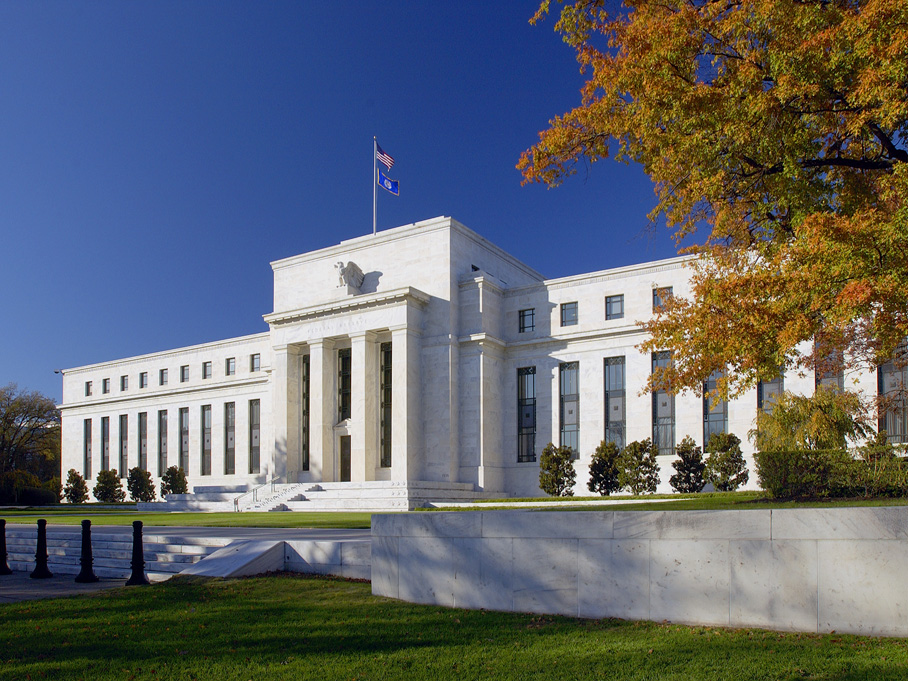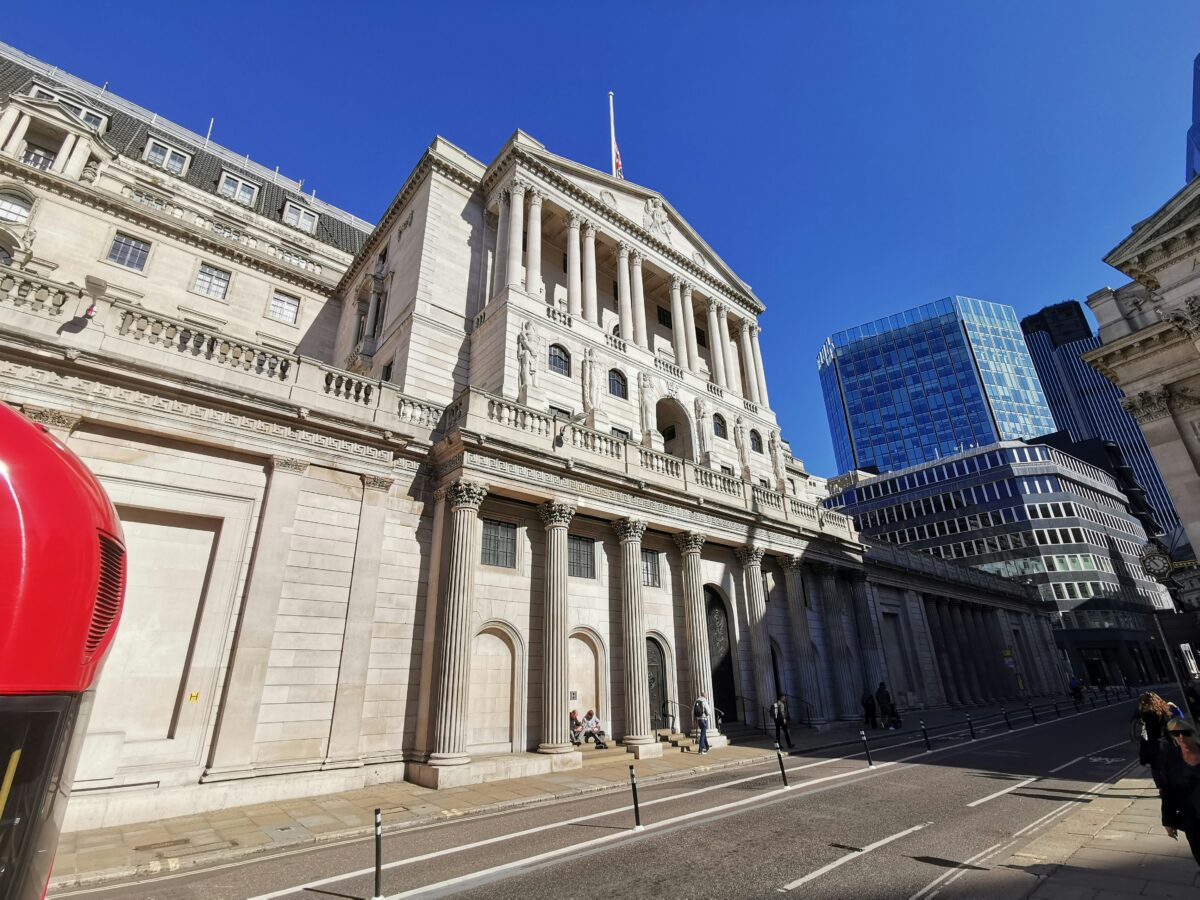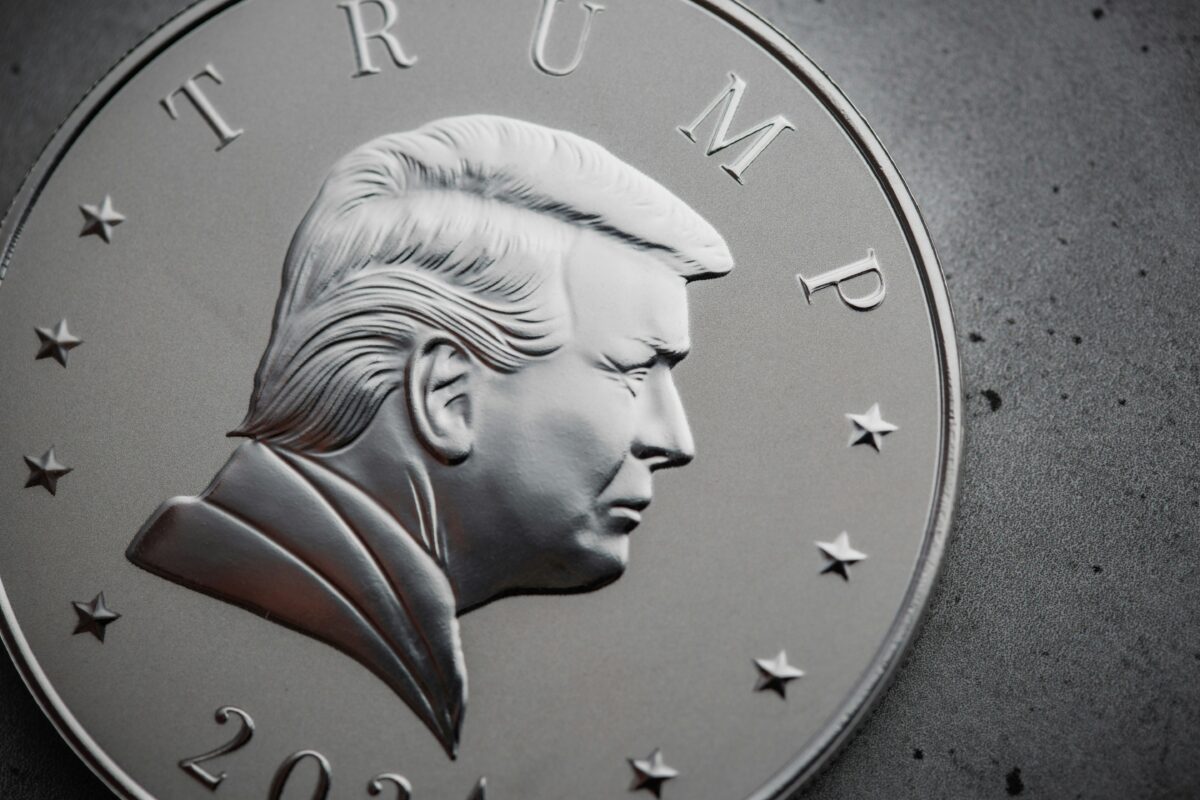So, as expected, we now know the Federal Reserve’s latest interest rate decision which as expected was to cut rates to the range of 4.5 to 4.75% , in a similar move to the Bank of England earlier today. But with Trump winning re-election to the Whitehouse from January, there are concerns that further rate cuts might not be quite as they would otherwise have been – due to inflationary worries.
Lindsay James, investment strategist at Quilter Investors said: “While today’s 0.25% interest rate cut by the Federal Reserve had been widely expected, the pace of any future cuts is looking considerably less certain. The market is currently pricing in three or four more quarter point rate cuts over the coming year, as core PCE inflation has been flat at 2.7% for the past three months even as the headline rate has fallen closer to target at 2.1%. Volatile data from the jobs market has clouded the outlook, and so too has Donald Trump’s win.
“A very strong jobs report in September was followed by a particularly weak one in October, when figures were heavily impacted by a combination of hurricanes and strike action. The Fed began its rate-cutting cycle due to concerns about rising unemployment and the expectation that this trend might continue. However, no clear pattern has emerged since then.
“The Fed’s monetary policy committee will be acutely aware that Donald Trump’s policies could be significantly inflationary, primarily due to the impact of tariffs being passed on to consumers while lower taxes heat up the economy. Investors will no doubt be combing through their comments carefully for any perceived guidance on how that might impact the path of interest rates going forward.
“Despite the widely anticipated rate cut, long term Treasury yields have already moved from recent lows of 3.6% in September to 4.39% currently. This has been fuelled by investors weighing the risks of a more persistent level of inflation, alongside a seemingly resilient economy and the potential impact of Trump’s policies. Donald Trump’s aggressive spending plans are projected by the Congressional Budget Office to increase US debt to GDP from 100% currently up to 143% by 2034.
“On both sides of the pond, we are seeing expectations for future rate cuts being scaled back considerably compared to what many had originally hoped for. In the UK, it is looking increasingly likely that rates will no longer fall below 4% in 2025, and in the US it seems interest rates will stay higher for longer as the Fed will need to tread very carefully until it is better able to assess the true impact of Trump’s plans.”
Emma Wall, Head of Platform Investments, Hargreaves Lansdown said: “The Federal Reserve has moved as the market expected – cutting US interest rates by 0.25%. The move follows a similar decision from the Bank of England’s Monetary Policy Committee earlier today. Following the successful election campaign of Republican candidate Donald Trump, US equities have rallied this week, while government bonds have sold off – causing yields to rise. After the announcement from the Fed, this equity trade has broadly held, though unsurprisingly bond yields have fallen slightly – with the yield on the ten-year down around 7 basis points.
“That tells us that Trump’s policies are likely to be inflationary and expensive, without much mind of how large the deficit gets, pushing rates higher for longer. Additionally, there is an expectation that Trump’s policies may also be good for domestic equities thanks to measures that stimulate growth and a more relaxed regulatory regime for sectors such as tech and banking.
“The market’s guess at this point however is just that – a guess. While Trump has been vocal on the campaign trail, and he his path to change is eased by having a Republican majority in the Senate and – likely – the House, he has yet to return the White House. We have seen recently on this side of the Pond that politician’s campaign rhetoric can pivot once in power and faced the fiscal reality.
“Investors should navigate this uncertainty with diversification. Sell the Trump bump where you’ve benefited from gains, rebalance to areas of your portfolio which are unloved and undervalued. If you need income, lock in some of these higher yields.”







